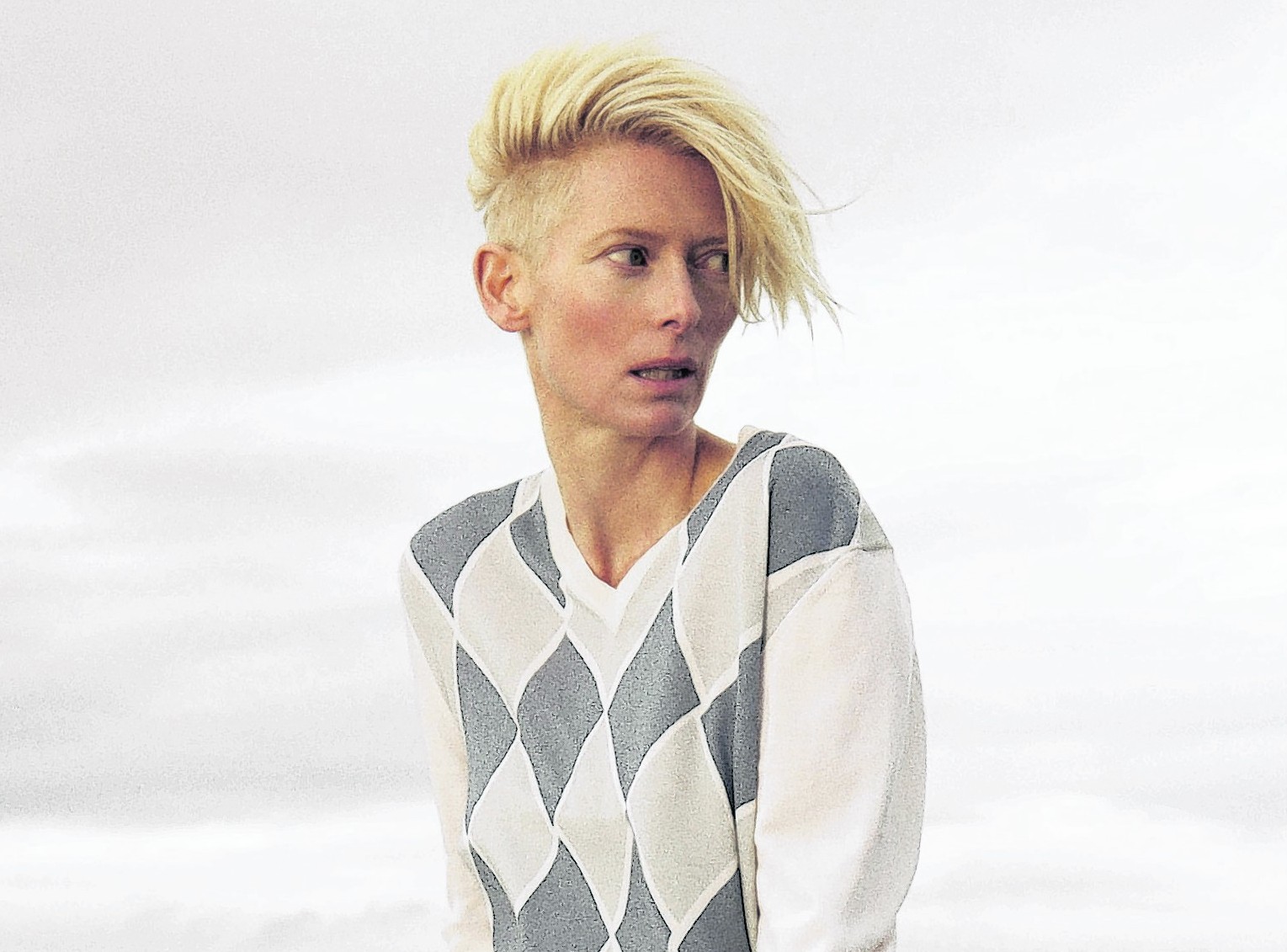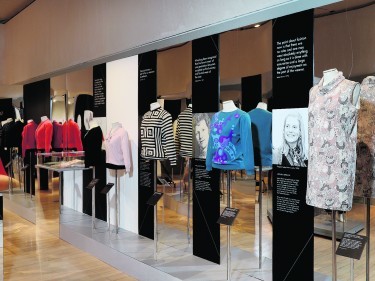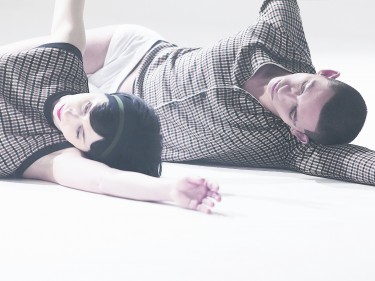In the ever-changing world of fashion there are some brands that are timeless. Pringle of Scotland, is one of these.
The firm which celebrates its 200th anniversary this year has played a pivotal role in shaping the modern wardrobe while its knitwear has been worn by everyone from film stars and members of the Royal family to golfers and fashionistas.
The National Museum of Scotland in Edinburgh is currently hosting a
free exhibition exploring the history of one of the world’s oldest fashion brands.
Fully Fashioned: The Pringle of Scotland Story tells the story of how a small hosiery firm making undergarments became an international fashion knitwear brand.
Founded in 1815 by Robert Pringle in Hawick, it began making manufacturing luxurious knitted stockings and undergarments.
By the early 20th century, it was applying some of the techniques used to create functional underwear to making fashionable outerwear.
What made the firm stand out was that it made fully-fashioned garments, tailored by machine to follow the shape of the body.
Hosiery encased the figure but allowed freedom of movement, and in the 20th century the comfort which characterised hosiery became a desirable quality demanded of modern clothing and sporting attire.
On display are items worn by royalty, celebrities and sports figures as well as some of the most iconic pieces created in the last 200 years.
Highlights include a 1960s cashmere cardigan owned by Princess Grace of Monaco, a 1933 golfing outfit worn by legendary golfer Gloria Minoprio, a classic twinset and a blue cashmere cardigan designed by Otto Weisz.
Design and technical innovation is also explored – a good example being a 2014 cable-knit polo-neck sweater which features 3-D printed plastic stitches combined with hand-knitted construction, linking the traditional and new.
The Argyle pattern was pioneered by Pringle and a 1960s cashmere cardigan featuring the signature intarsia diamond pattern is an exemplary piece, showcasing the quality of the brand’s craftsmanship.
The staple of the modern woman’s wardrobe, the twinset, is also highlighted with several examples on show including a 2010 twinset designed by Tilda Swinton.
The company has held a Royal Warrant for the manufacture of knitted garments since 1948, and has supplied underwear and outerwear to many members of the Royal Family.
On display is a sweater worn by HM Queen Elizabeth II, alongside a
letter from her thanking the firm for the gift.
Equally fascinating is the firm’s long connections with celebrity endorsement which dates back to the ‘sweater girl’ era when stars such as Margaret Lockwood and Moira Shearer were photographed wearing Pringle of Scotland creations.
The exhibition includes three short films by the Michael Clark Company which look at the role of knitwear in the development of the modern wardrobe.
Curator Alistair O’Neill, said: “Fully Fashioned is a useful opportunity to not only mark Pringle’s 200th anniversary, but to demonstrate the centrality of knitwear to the modern wardrobe.
“The twinset has such an enduring sense of modernity about it, that it is exciting to be able to set this design classic into a broader context, showing how Scottish knitwear really led the field in modernising the 20th-century wardrobe.”
A must-see for fans of fashion and design, Fully Fashioned is at the National Museum of Scotland, Edinburgh until August 16. Admission is free of charge.
Contact: www.nms.ac.uk/national-museum-of-scotland


